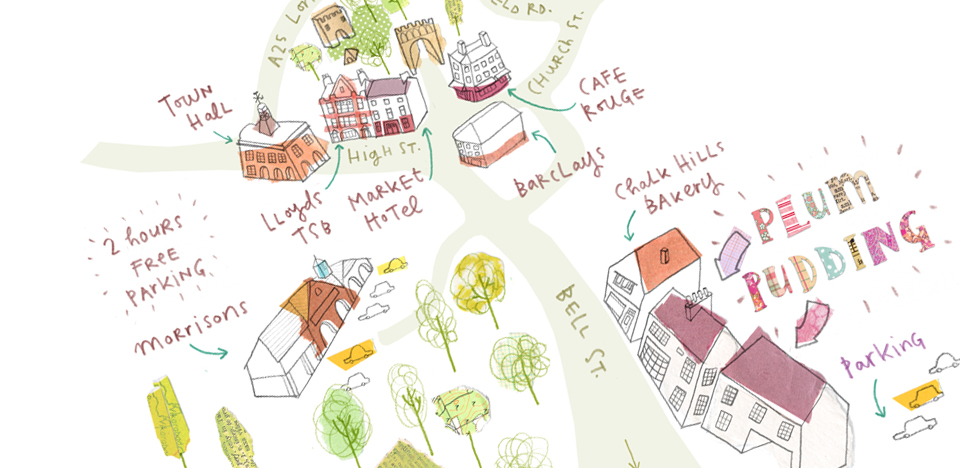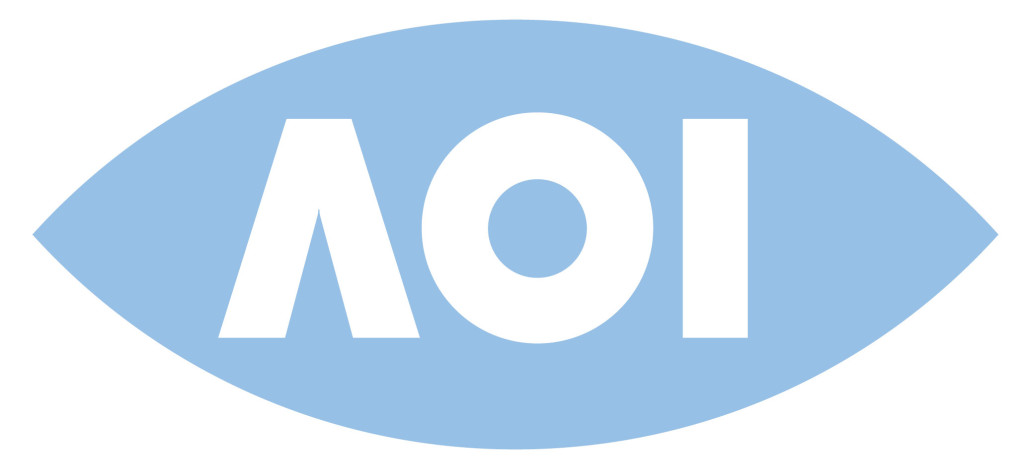Notes
Membership - help with contracts, copyright, etc.
Alice Pattullo - shape.
Self promotion - website, should be image led.
Helen Musselwhite - paper.
iwantmyname.com - domain name.
Nate Kitch - collage.
Collectives - peepshow collective, copyright, the line at the bottom.
Blog & social media - processes and ideas, should be regularly updated, put personal projects on there, a dream brief for you - way of getting the work you want.
Sara Gelfrgen - one illustration per city.
Twitter - good idea to follow art directors etc.
Transition personal accounts to professional ones.
Don't rant!
Miss Led.
Instagram - follow art commission.
Commissions - add email, set up art email address.
marcmartinello - example.
Behance - Ben the illustrator, The Mighty Pencil.
Physical mailers - art directors, etc.
Pin board and example sample card file.
Selected contacts
Email - pdf of 1-3 illustrations no bigger than 1MB, link to websites, etc.
Time Easley - work out what is appropriate for each person.
Lizzie Mary Cullen - hand written letters.
Research your clients, use names not sir/madam.
Client lists, business cards.
Accounts
Register for income tax within 3 months of starting - claim back.
Keep it all up to date.
Retain all claimable receipts.
Keep paperwork.
Cultural things, can claim back on cinema, research trips, etc.
Apps - tax accounting.
Sara Fanelli - copyright
Automatically get copyright when you do the work.
Don't need to use the copyright symbol, licensing & lending.
Derek Brazell - physical and intellectual property.
Don't copy photographs, take your own - reference infringement.
Assignment - giving to the client forever. Don't do this, loss of control.
Right of paternity - changing work. Moral rights - automatic.
AOI have a price list.
Rights, On-line
Protect work on-line
Low resolution files (72 dpi) name as part of the file name.
Use copyright symbol, sm.
Can embed name into the work.
Use contracts to protect our work - get payment - legally binding.
State exactly what it is going to be used for, how long for and how much.
Keep emails, contracts, etc.
Contracts
Follow the contract.
Date of roughs/artwork - samples.
License and fee.
End user - name of client.
Exact use and size.
Makes the agreement binding.
Tim Ellis.
Do not work for free!
Think like a business, accurate pricing, do not work on a day fee.
All licensing.
Where it is printed, actual usage.
Louise Gardiner.
Pricing - Advertising
Negotiation.
Above the line - publicity, external, seen more.
Below the line - not paid space, advertising, mailing, digital, etc.
Internal.
Pricing - Editorial
Magazines, newspapers, blogs.
Usage, print, print & digital, digital only.
Territory, can vary, UK generally.
Duration - length of issue.
Pricing - Packaging
Vic Lee, Lisa Maltby.
Usage - food, drink, cosmetics. Full coverage, limited
Territory, can spread costs out over a year.
Buyouts
Copyright assignment - no.
License only.
Larger fee - retention of copyright.
Unlimited usage.
Duration.
License even the roughs, visualisation.
Pay £100-700 rate, only time.
Additional amends - more than 3.
Leeds is an AOI member - get the discount.
Portfolio consultations - agencies & contracts, approaching clients.






















